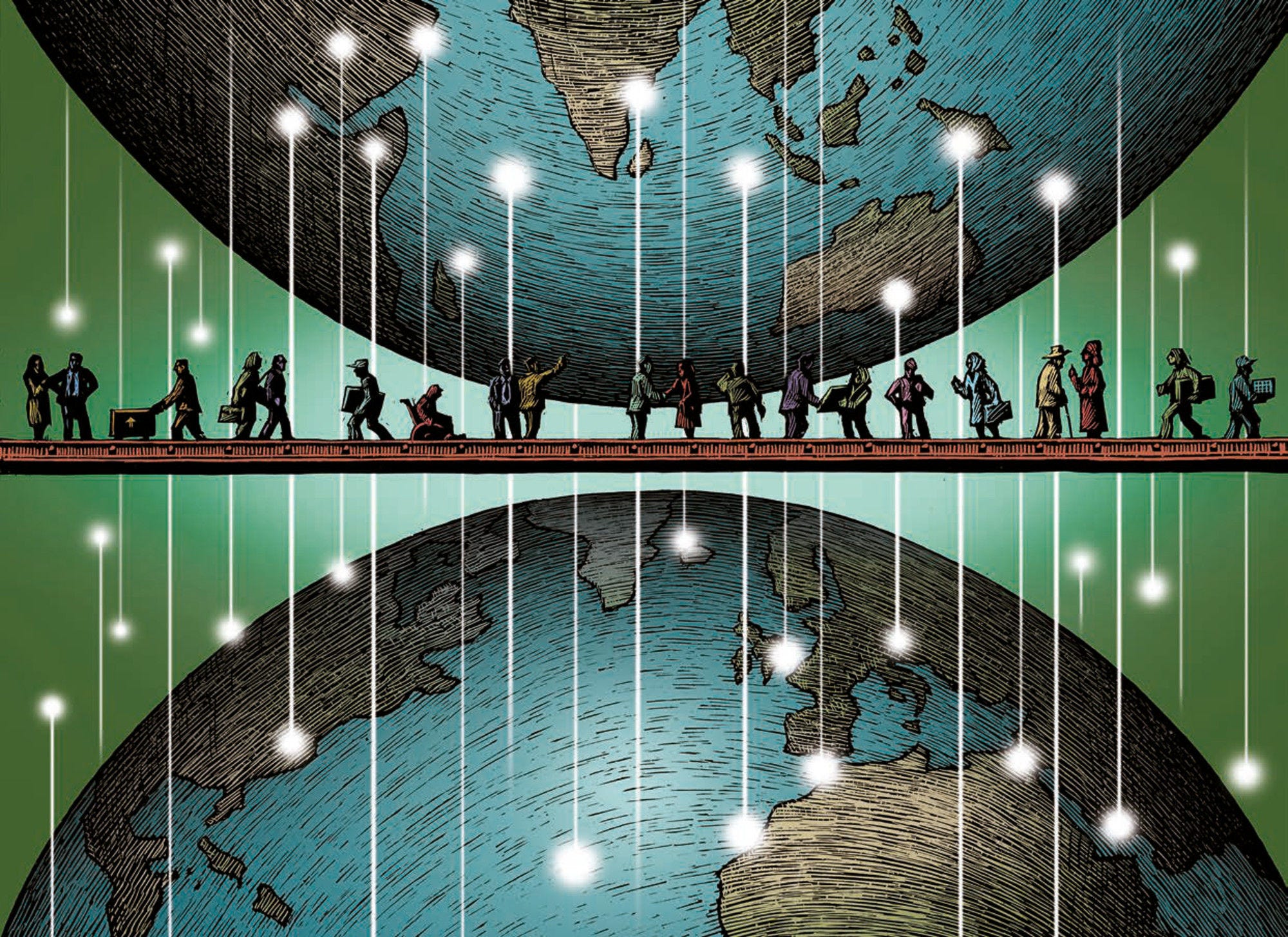In 2020, New Zealand received 36 000 new immigrants on a long-term or permanent basis (including changes of status), ‑6.8% compared to 2019. This figure comprises 6.8% immigrants benefitting from free mobility, 22.3% labour migrants, 64.5% family members (including accompanying family) and 6.4% humanitarian migrants. Around 16 000 permits were issued to tertiary-level international students and 70 000 to temporary and seasonal labour migrants.
India, the United Kingdom and South Africa were the top three nationalities of newcomers in 2020. Among the top 15 countries of origin, Vanuatu registered the strongest increase (400) and China the largest decrease (‑11 000) in flows to New Zealand compared to the previous year.
In 2021, the number of first asylum applicants decreased by ‑4.4% to reach around 400. The majority of applicants came from India (100), China (68) and Sri Lanka (29). The largest increase since 2020 concerned nationals of India (100) and the largest decrease nationals of Indonesia (–90). Of the 550 decisions taken in 2021, 29% were positive.
Throughout the COVID‑19 pandemic, border restrictions have been a key pillar of New Zealand’s COVID‑19 response. Border exceptions were therefore implemented to fill critical roles in New Zealand, including health workers, construction and infrastructure workers, and targeted exceptions for specified occupations. Onshore work visa holders were also supported to remain working in New Zealand through a series of targeted visa extensions.
In early 2022, New Zealand announced a plan for a phased reconnection with the world. This included border exceptions for critical workers and family reunification, and staged border reopening for visitors, students, and remaining visa categories. The final stage of the reopening was in July 2022 and included remaining work visas followed by all other visa categories including visitors and students.
To provide greater certainty to onshore temporary workers, New Zealand introduced the 2021 Resident Visa for holders of specified work visas, in September 2021. Criteria included living in New Zealand for three or more years, or earning above the median wage, or working in a role that is considered “scarce” by Immigration New Zealand. Estimated to cover about 165 000 onshore temporary migrants, this residence pathway was also open to Critical Purpose Visa holders who came to NZ for a longer-term role.
In July 2022, the Accredited Employer Work Visa (AEWV) went live with a maximum duration of three years, replacing six types of temporary work visas. There are three steps to hiring a migrant on the AEWV. The employer must be granted accreditation, confirm the position meets salary and job advertising requirements, and the actual visa application. The AEWV generally requires jobs to pay at least the median wage, with some exceptions for recruitment below this threshold. New residence pathways will also become available: A straight to residence pathway will be available for specified occupations from 5 September 2022. Work to residence pathways will be available to migrant workers who have spent two years on an AEWV in specified occupations or in roles paying at least twice the median wage.
In response to developments in Afghanistan in August 2021, over 1 250 Afghan nationals were issued visas, allowing them to resettle in New Zealand. This offer was available to Afghan nationals who assisted the New Zealand Defence Force (NZDF) or other government agencies during New Zealand’s deployment to Afghanistan, and their immediate families.
In March 2022, New Zealand and Australia jointly agreed that New Zealand will resettle up to 150 refugees per year for three years who have been subject to Australia’s regional processing legislation. The resettlement arrangement will be implemented under New Zealand’s existing Refugee Quota Programme and covers both refugees who are in Nauru as well as those who have been taken onshore to Australia.
In response to the war in Ukraine, New Zealand announced the Ukraine Special Visa in March 2022, allowing Ukrainian-born New Zealand citizens and residents to sponsor family members to come to New Zealand. Successful applicants are granted two‑year work visas with work rights, and children can attend school.
For further information: www.immigration.govt.nz

